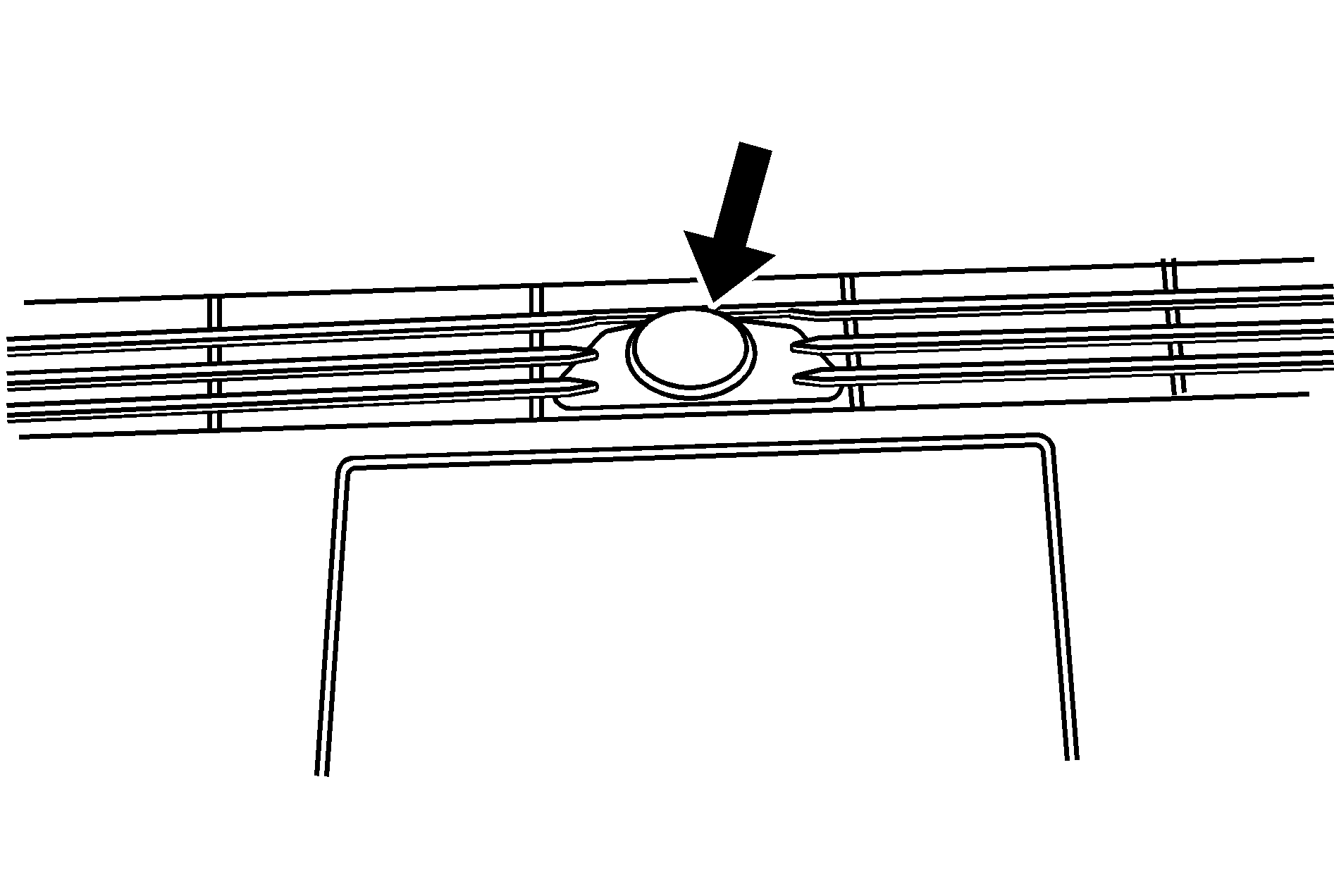Daytime Running Lamps (DRL) can make it easier for others to see the front of your vehicle during the day. Fully functional daytime running lamps are required on all vehicles first sold in Canada.
The DRL system makes the turn signal lamps come on when the following conditions are met:
| • | It is still daylight and the ignition is on, |
| • | the automatic lights are enabled, and |
| • | the transmission is not in PARK (P). |
When DRL are on, only the front turn signal lamps will be on. No other exterior lamps will be on when the DRL are being used. The instrument panel will not be lit.
When the automatic lights are enabled and it is dark enough outside, the DRL will turn off and the low-beam headlamps will turn on. When it is bright enough outside, the low-beam headlamps will go off, and the DRL will turn back on. If the vehicle is started in a dark garage, the automatic headlamp system comes on immediately. Once the vehicle leaves the garage, it will take about one minute for the automatic headlamp system to change to DRL if it is light outside. During that delay, the instrument panel cluster may not be as bright as usual. Make sure the instrument panel brightness lever is in the full bright position. See Instrument Panel Brightness .
To operate the vehicle with the DRL off, turn the exterior lamp control off and then do one of the following:
| • | Turn the exterior lamp control to the parking lamp position. |
| • | Turn the exterior lamp control to the headlamp position. |
| • | Turn the exterior lamp control from AUTO to off and back to AUTO. |
An AUTOMATIC LIGHTS OFF message will appear on the DIC, showing that automatic lighting has been disabled. See DIC Warnings and Messages .
The regular headlamp system should be turned on when needed.
Light Sensor

The light sensor for the DRL is located on top of the instrument panel. If the sensor is covered, it will read dark, and the exterior lamps may come on when they are not needed.
